The Blue Whale is the largest mammal on Earth – and the biggest species to have ever lived. They grace oceans across the world, leaving those lucky enough to witness them in awe!
What makes a Blue Whale special?
The Blue Whale is known as the “leviathan of the sea” due to its size and power. Although large, they are gentle giants that don’t threaten humans. The Arctic Ocean is the only ocean in which blue whales are not found. The Blue Whale is a baleen whale, meaning it has a filter-feeding system that uses baleen plates to capture its prey.
Appearance
What does The Blue Whale look like?
The Blue Whale has a long streamlined body with a large head and broad flippers. Their back slopes downward from their head to the tail fin. Their belly is usually white, and they have a blowhole on the top of their head that’s visible when they surface. Their tongue can weigh up to 2.7 tons, and their heart is the size of a car!
How big is The Blue Whale?
The largest of blue whales can grow upwards of 35 meters, but the average is around 30. Fully grown adults usually weigh around 150 tons, which makes them the largest animals to ever live.
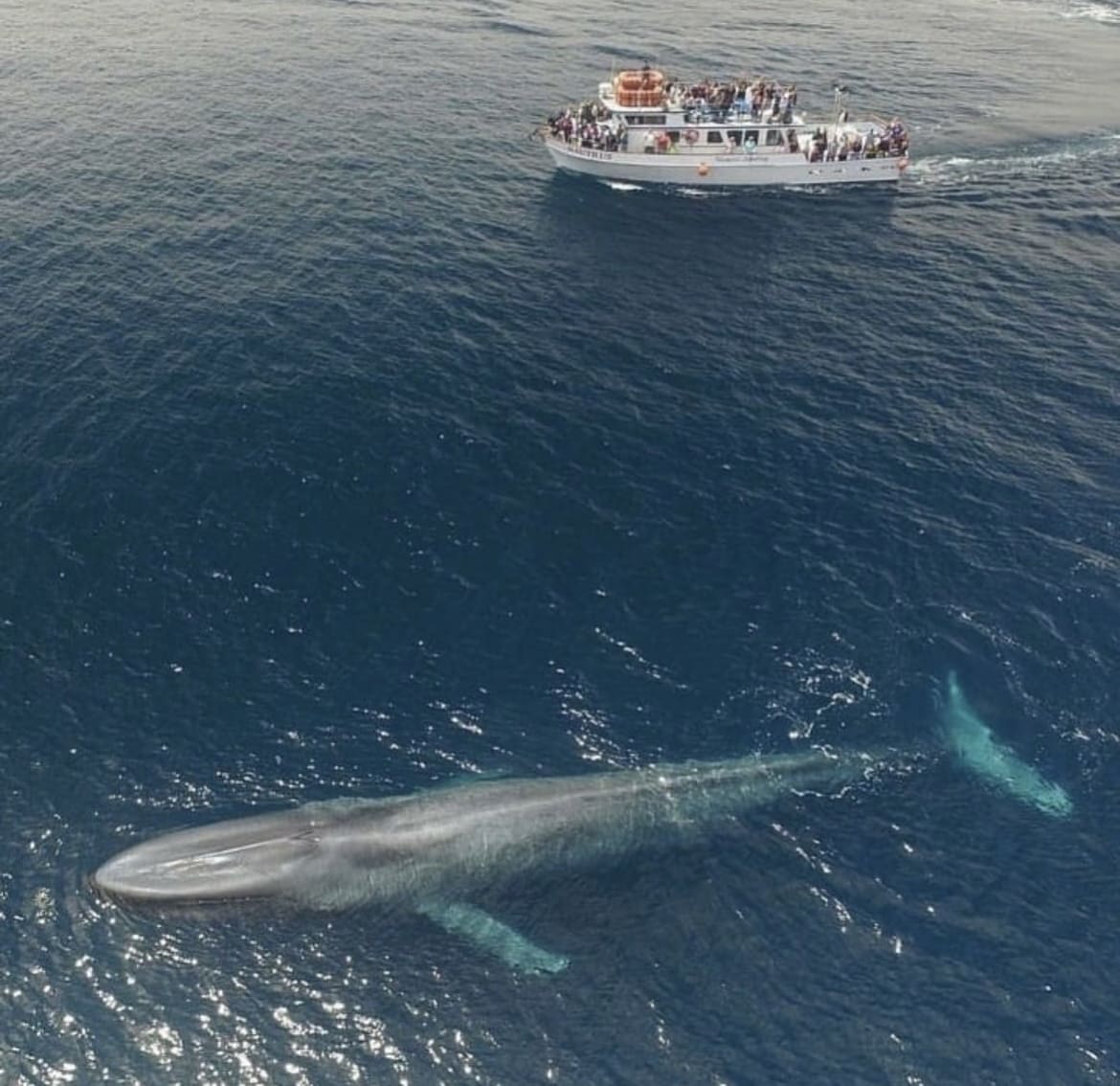
Blue Whales can be grouped into three distinct subspecies:
- The Northern Hemisphere Blue Whale (Balaenoptera musculus)
- The Southern Hemisphere Blue Whale (Balaenoptera musculus intermedia)
- The Pygmy Blue Whale (Balaenoptera musculus brevicauda)
Each subspecies has its distinct physical features. The Northern Hemisphere Blue Whale has a slightly more slender body, whereas the Southern Hemisphere Blue Whale has a more prominent and rounder head. The Pygmy Blue Whale is much smaller than the three, growing up to only 25 meters in length. Each of them also has unique color patterns, with the Northern Hemisphere Blue Whale having a blue-gray hue and the Southern Hemisphere Blue Whale being more gray-blue.
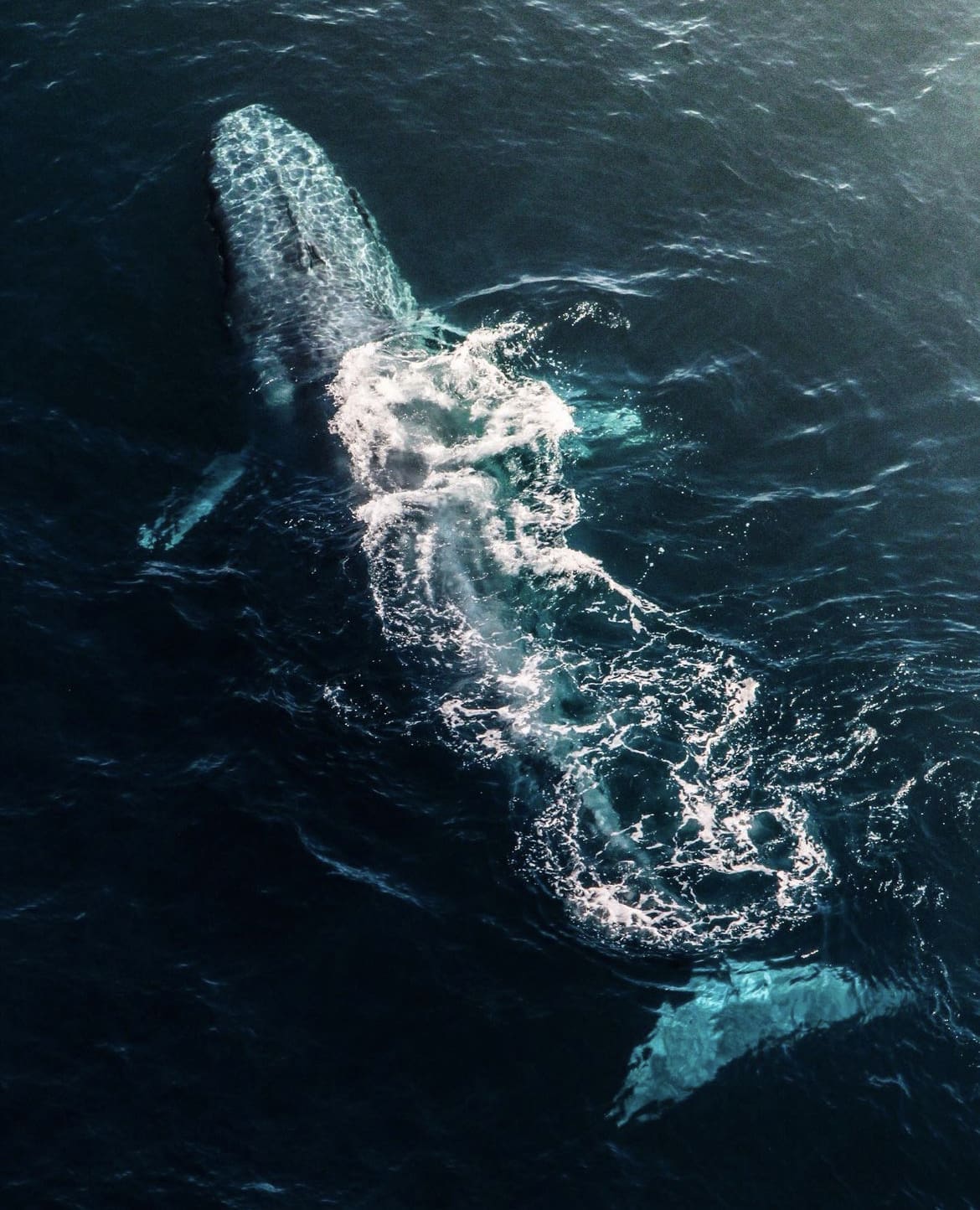
Behaviour
The Blue Whale is a social creature and often travels with other whales. A single whale usually forms groups of two to five animals, while larger pods of 10-20 individuals can sometimes be spotted. These whales are active during the day and spend their time eating, playing, and communicating with each other.
The Blue Whale is an impressive creature with some fascinating behaviours. They can communicate over long distances using low-frequency sounds that can travel up to 1,000 miles! They also use echolocation to find and hunt their prey. In addition, these gentle giants have been known to breach the water’s surface and slap their flukes on it for fun.
What Does the Blue Whale Eat?
The Blue Whale feeds mainly on krill, small shrimp-like crustaceans. They can consume up to 8,000 pounds of krill a day! They also eat small fish and plankton. To feed, the whale swims with its mouth open and filters the water through its baleen plates, trapping the food inside.

How Does the Blue Whale Hunt?
The Blue Whale hunts by using its unique sonar system. It can locate prey in the water by emitting sound waves and then approach it to feed. It also uses echolocation to navigate its environment and detect predators. They are known to live in deep waters and can dive as deep as 500 meters for food.
What is the Blue Whale’s Social Lifelike?
The Blue Whale is a highly social creature. It communicates with other whales through vocalizations and body language. When socializing, Blue Whales can be seen engaged in various activities. These include swimming, rubbing against one another, or playing tag with their tails and flippers. They also perform intricate acrobatics such as breaching, lob tailing, and spy hopping. These behaviours help them stay connected and build strong social bonds with the group.
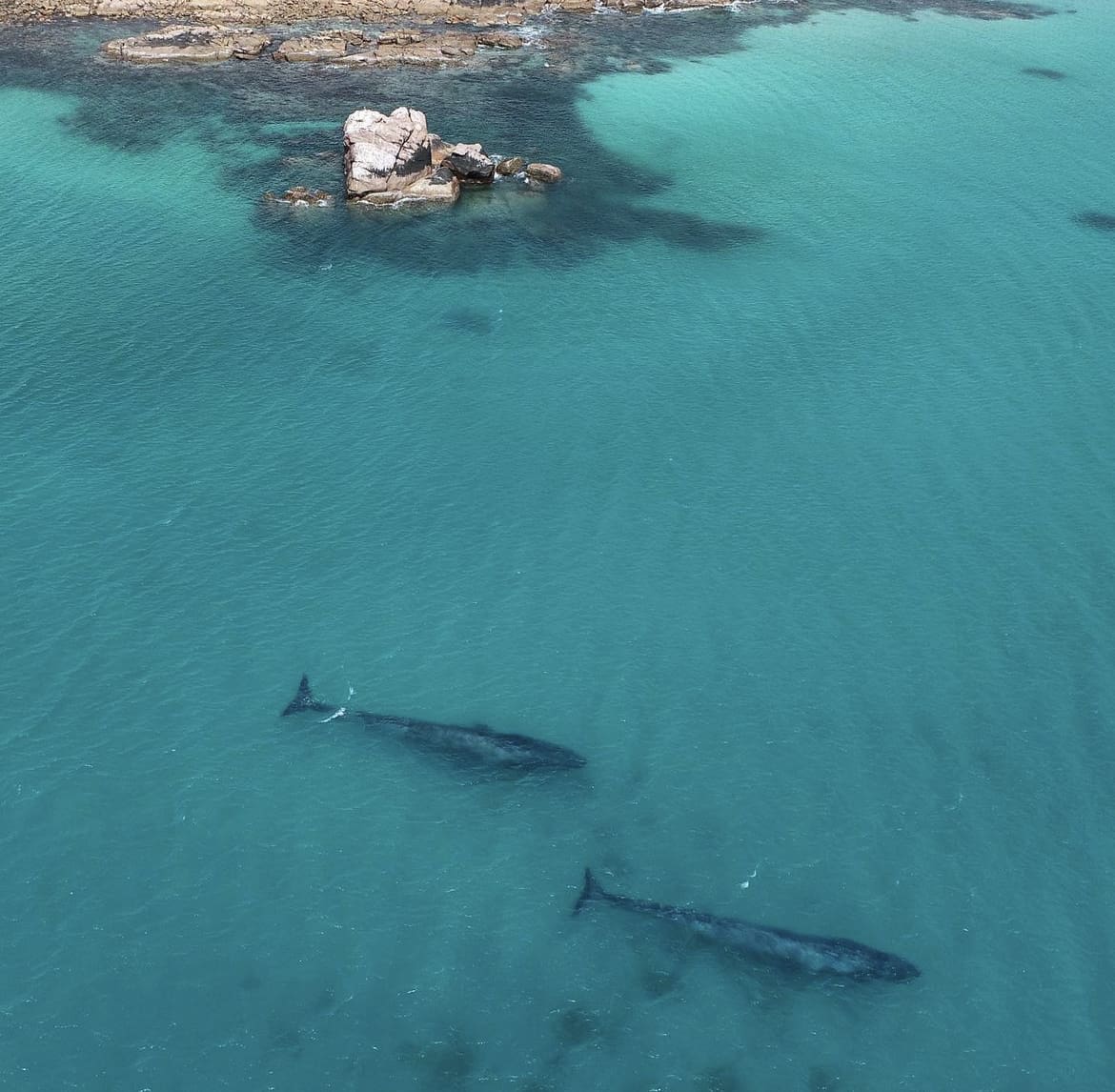
How Does the Blue Whale Reproduce?
The Blue Whale will reach sexual maturity at around age 8-10 and can live for up to 80 years. Blue whales typically mate in the spring and summer when they come together in large groups. During mating, males compete with females by displaying their physical strength and singing loudly. The female whale chooses a mate based on these displays, and the two whales then engage in a courtship ritual that can last anywhere from one to several hours.
The mating process typically involves the male whale chasing the female and swimming in circles around her, singing loudly. After mating, the whales will separate and return to solitary until the next breeding season. The female will then give birth to a single calf after an 11-12 month gestation period. The baby blue whale will stay with its mother for two years and feed on her rich milk until it can hunt for its food. During this time, the mother will teach her calf how to survive in its environment and introduce it to the social life of a Blue Whale. Once the calf is ready to hunt, it will leave its mother’s side and venture into the open ocean alone. It will then spend most of its life in solitary, only coming together with other Blue Whales during the breeding season.
Calves are usually 5-6 meters long and weigh up to 2 tons at birth. They will also quickly double their weight during the first year of life, thanks to their mother’s rich milk. Blue whale babies are considered precocial and are born with a high physical and behavioural development level. This helps them survive in their harsh environment from the moment of birth.
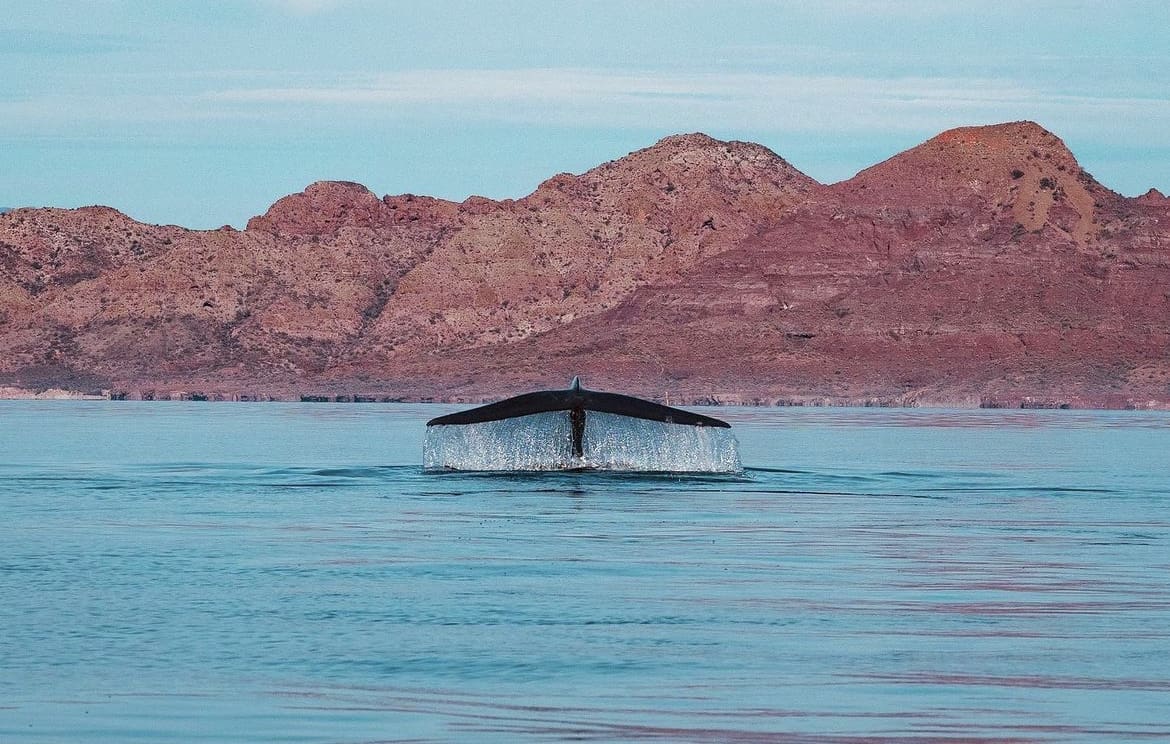
Range and Habitat
Where to find Blue Whales?
Blue Whales inhabit all oceans except for the Arctic. They tend to migrate between colder and warmer waters depending on the season in search of food. They are usually found near coastal areas and shallow depths during the summer. In winter, they travel further out into deeper waters.
Do Blue Whales migrate?
Scientists need to understand the migration process of the Blue Whale fully. They are believed to migrate to warmer waters during the summer months and back to colder water in winter. This pattern usually involves long-distance swimming, sometimes over thousands of miles! They will often move in large pods or groups when migrating so that they can communicate and stay together. They may also travel alone or in pairs during their migrations. The journey of the Blue Whale is an incredible and mysterious spectacle!

Conservation
The International Union for Conservation of Nature (IUCN) lists the Blue Whale as an endangered species. The population has declined drastically due to overhunting and environmental pollution. Currently, only an estimated 10,000-25,000 are left in the wild. Conservation efforts are in place to protect the species and help its numbers increase.
Threats facing Blue Whales
Humans are having a negative impact on the Blue Whale population. Overfishing, climate change, and pollution are all contributing to their declining numbers. Additionally, noise from ocean vessels can interfere with the whale’s communication capabilities and make it more difficult for the blue whales to find food. It is essential that conservation efforts are implemented to protect this magnificent species. By reducing overfishing, regulating shipping, and increasing environmental protection, we can help the Blue Whale population recover and thrive.
The leading cause of their declining population is human activities. We must become aware of how our actions affect our ocean environments by cutting down on fishing, reducing pollution, and slowing down our ships. We need to take action now to care for these amazing creatures so they can keep prospering in our waters.
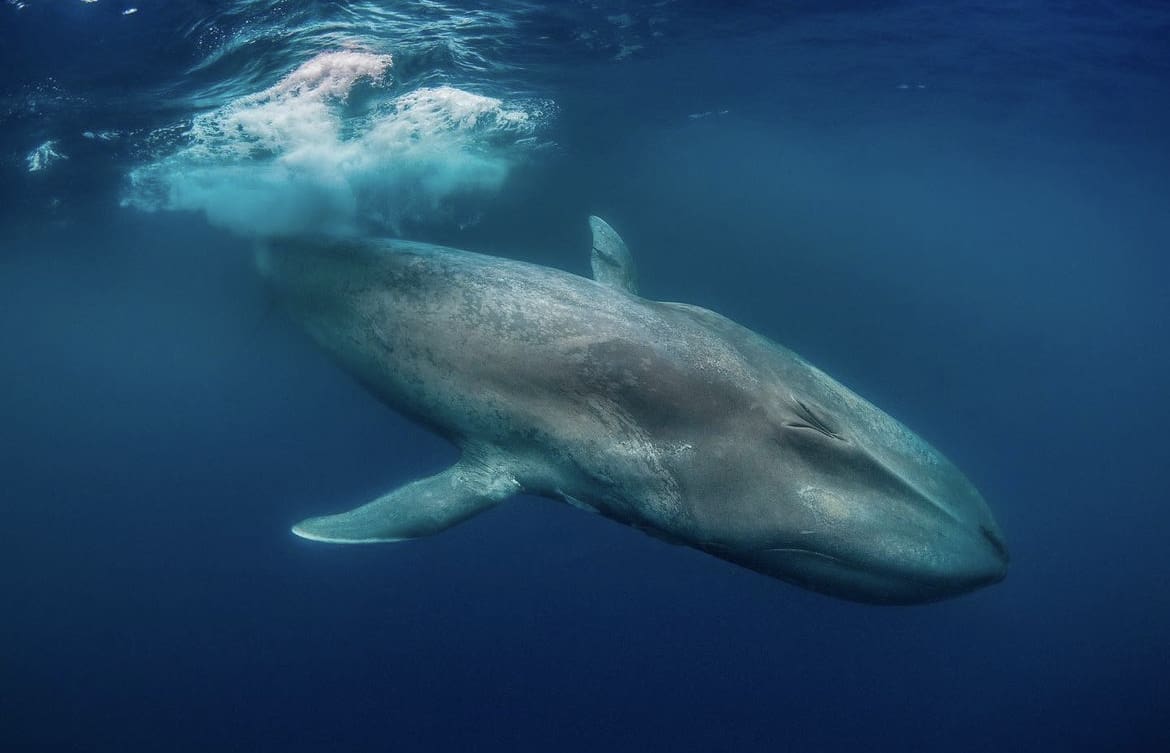
Safari
Where is the best safari to spot a Blue Whale?
The best safari to spot a Blue Whale is in the Indian Ocean. The eastern coast of Africa, the seas between India and Sri Lanka, and the Arabian Sea are all excellent locations for whale watching. Other popular spots include South Africa, Tanzania, Mozambique, and Madagascar. Additionally, there are several organized tour groups that offer excursions to the best locations throughout these areas. The ideal time to go whale watching is during the summer, between July and September when the whales migrate closer to shore.
Other parts of the world have their places to spot Blue Whales. The Pacific Coast of North America and the coasts of Japan, South Korea, and Australia are also excellent for whale watching. Portugal, Spain, and the Mediterranean Sea are great locations for spotting Blue Whales.
Best place to swim with the Blue whales
One of the most exhilarating experiences is swimming with a Blue Whale. Unfortunately, this is illegal in most parts of the world. The only place where swimming with Blue Whales is allowed is Tonga. It’s important to note that there are strict regulations about how close you can get and whether you can touch them for safety reasons. Research is conducted before each encounter to ensure that the animal is healthy and that its behaviour will not be disrupted by human presence.
Swimming with Blue Whales in Tonga can be a once-in-a-lifetime experience, where you get to see these majestic animals up close and personal while they feed and migrate. The best time to go is between July and October, when the whales are most active.

Tips for spotting the Blue Whale on safari
– Look for a massive spout of water shooting up in the air.
– Check out areas near continental shelves, where the whales often come to feed on krill and plankton.
– Listen for their vocalizations, which can carry great distances through the ocean.
– Bring along a pair of binoculars to get a better view of the whales.
– Use the help of a guide or local spotter to find where they’re most likely to be seen.
– Be patient and keep your eyes open, as the Blue Whale is notoriously elusive!
Tips for Interacting with Blue Whale
– Respect the whale’s space and do not approach it too closely.
– Do not interfere with its behaviour or attempt to touch it in any way.
– Refrain from making loud noises that might startle the creature.
– Dispose of all waste properly, as pollution is a significant threat to these creatures.
– Follow the instructions of whale watching guides to ensure the safety of the Blue Whale and you.
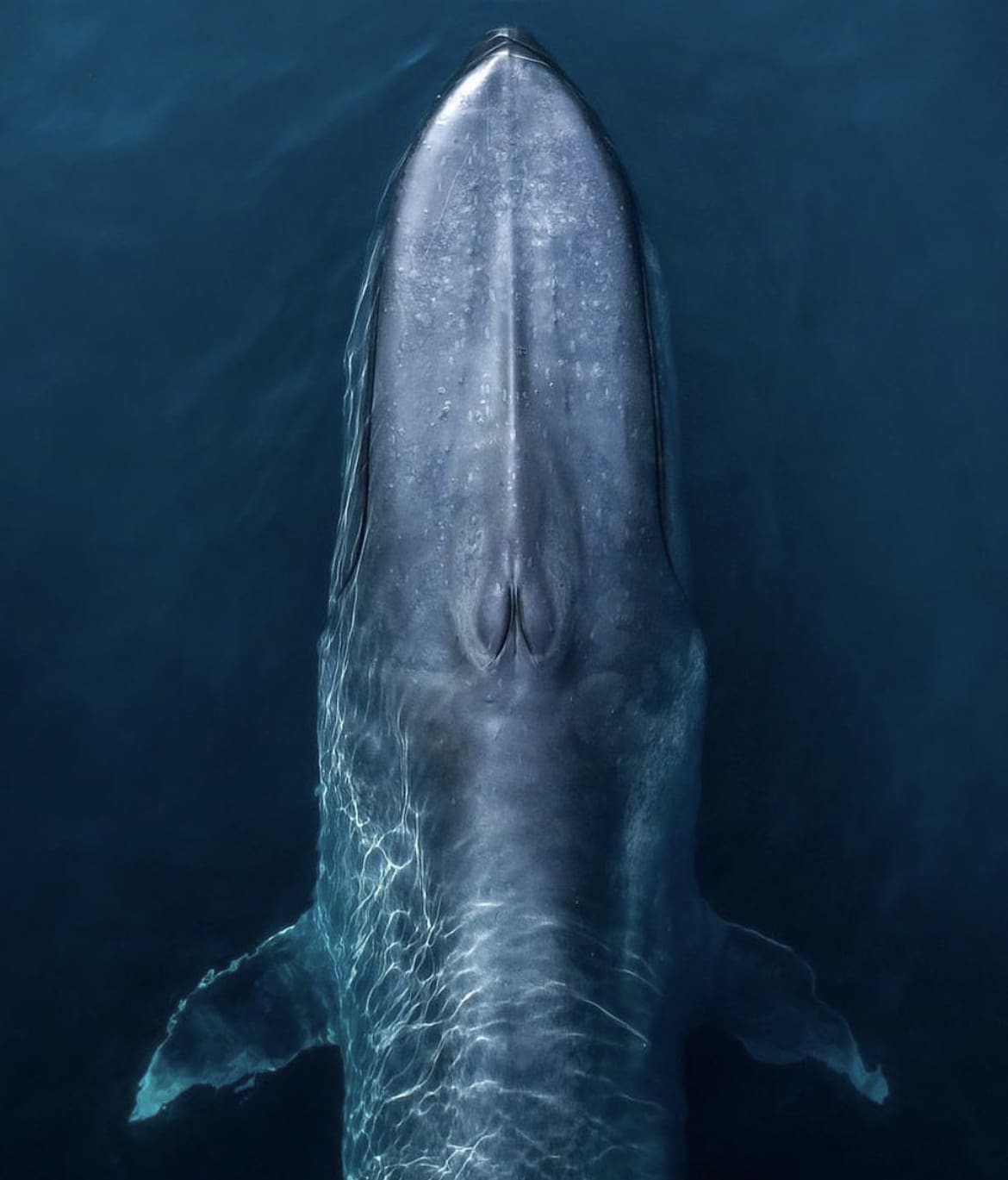
Facts about the Blue Whale
- Scientific name – Balaenoptera musculus
- Habitat – All oceans except for the Arctic
- Diet – Krill, Plankton, and Small Fish
- Life Expectancy – 80-90 years
- Weight – Up to 200 tons
- Length – Up to 33 meters
- Speed – Can reach speeds of up to 30 km/h
- Social Behaviour – Live in groups of up to 10 individual
Myths about the Blue Whale
- They do not suck their prey into their mouths and use suction to capture their food.
- Blue whales are not the enormous living creatures on Earth – that title belongs to the Hawaiian Islands’ humpback whale.
- Blue whales do not migrate to warmer waters in the winter months but instead travel further out deeper.
- Despite their colossal size, they are very gentle creatures and pose no threat to humans. They have been known to help other species in distress when encountered at sea.
- Blue whales do not feed in the winter months; instead, they lose up to 30% of their body mass during this time due to their metabolic rate slowing down.
- Blue whales are not blue but a mottled gray color that helps them blend in with the ocean’s surface. When they come up for air at the surface, their bodies often appear blue due to light reflecting off their skin.
Conclusion
The Blue Whale is a fantastic creature found in all oceans except the Arctic. They are gentle by nature and pose no threat to humans, although they have been known to help other species in distress. These whales communicate with each other through a series of loud, low-frequency sounds, which can travel for hundreds of kilometers. They use these sounds to locate food sources and mates and warn each other of potential danger. Although they do not migrate to warmer waters during the winter, they travel deeper. The Blue Whale is an awe-inspiring animal whose conservation is of utmost importance.
